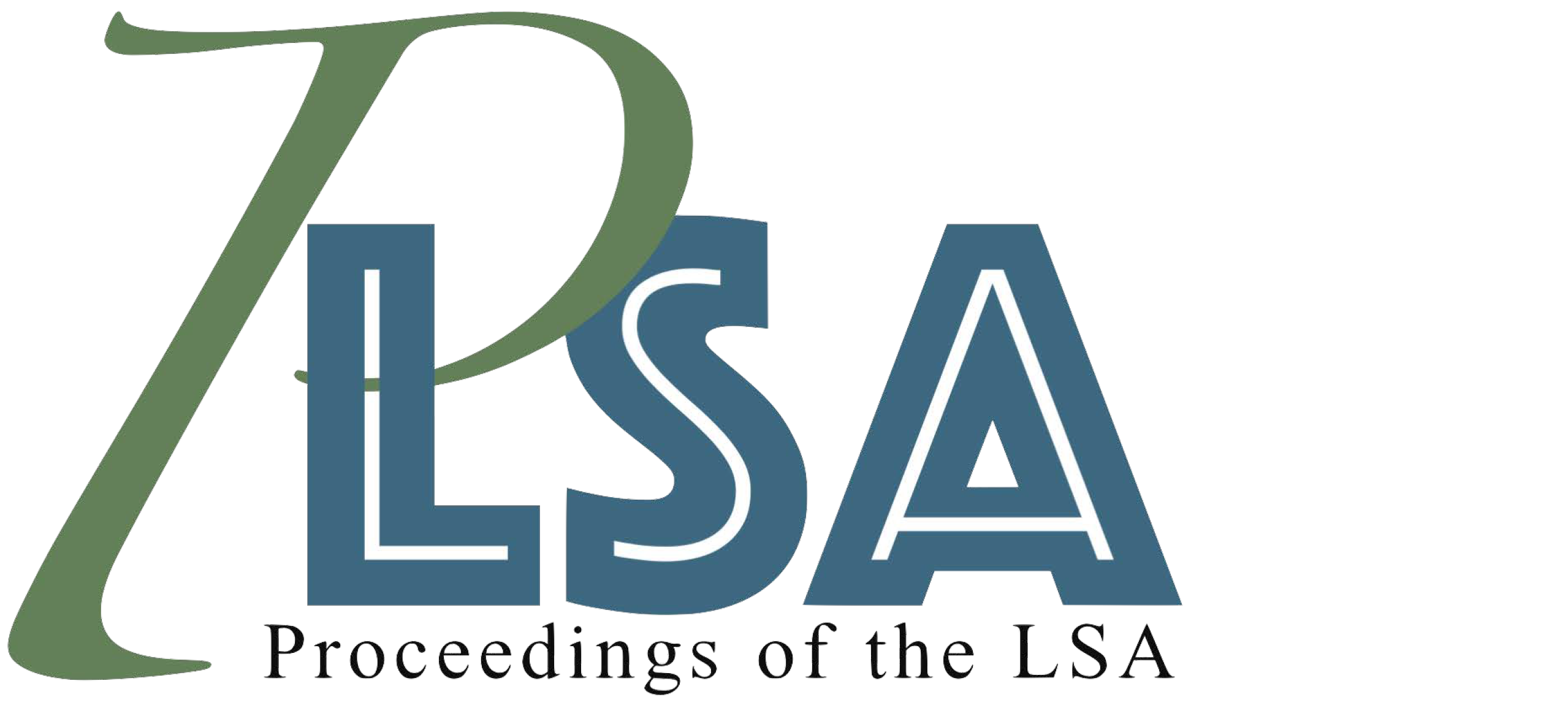The morphosyntax of number in Estonian numeral-noun constructions
DOI:
https://doi.org/10.3765/plsa.v3i1.4337Keywords:
number, plural-marking, numerals, case, agreement, EstonianAbstract
The interaction of numerals and number-marking has generated much research in both morphosyntax and semantics in those domains. In this paper, I propose an analysis of number-marking in the numeral-noun constructions of Estonian. They are noteworthy for the existence of two morphosyntactic frames. In one, both the numeral and noun are singular, and the noun bears partitive case. In the other, both the numeral and noun are plural, and there is no assignment of partitive case. I propose an analysis whereby the head assigning partitive case is of the same syntactic category as the head introducing plurality: Borer's (2005) Div. Previous accounts do not capture the generalization that the numeral always matches the noun's number-marking. I propose it is another instance of the language's already robust system of nominal concordDownloads
Published
2018-03-03
Issue
Section
Articles
License
Published by the LSA with permission of the author(s) under a CC BY 4.0 license.
How to Cite
Norris, Mark. 2018. “The Morphosyntax of Number in Estonian Numeral-Noun Constructions”. Proceedings of the Linguistic Society of America 3 (1): 45:1–13. https://doi.org/10.3765/plsa.v3i1.4337.
